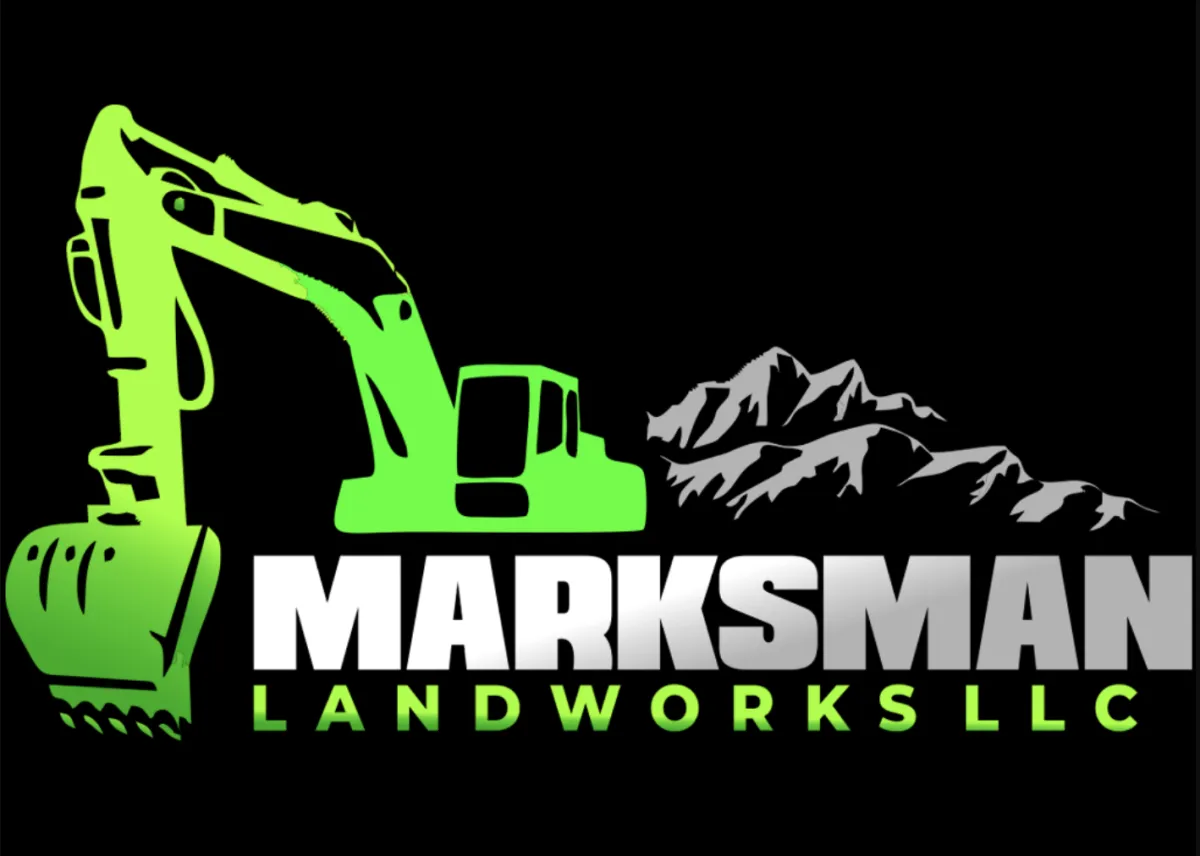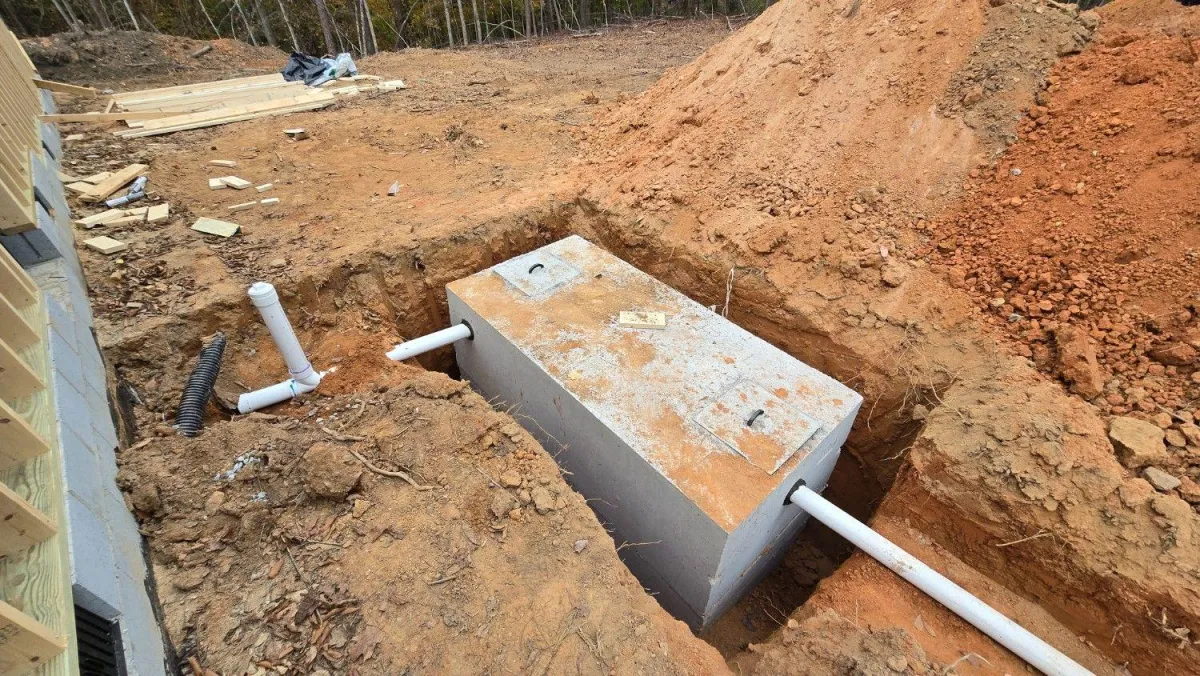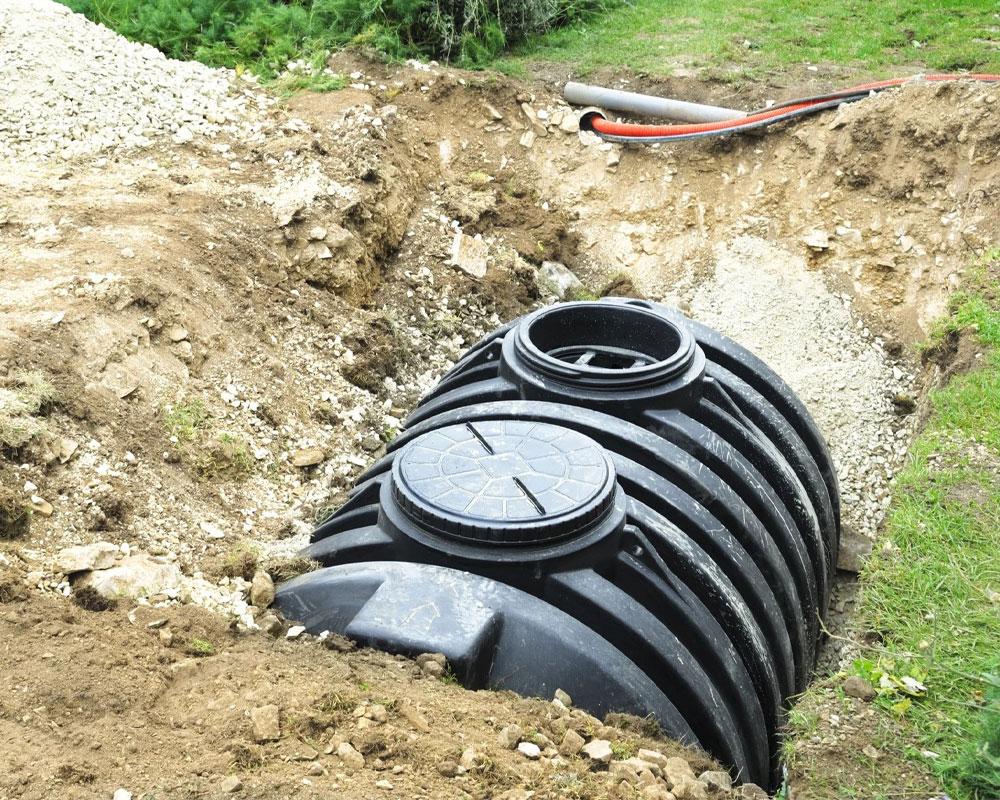
Serving Counties: (North Carolina): Polk, Rutherfordton (South Carolina): Cherokee, Spartanburg, Boiling Springs
Septic Installation near Spartanburg County, South Carolina
Marksman Landworks LLC is Committed to superior quality and results!

AVOID COSTLY MISTAKES:
Do NOT hire an excavating contractor without first reading our free guide:
The ULTIMATE Excavation & Septic "Success Guide."

Septic installation near Spartanburg County, South Carolina: What They Do
If you live on a property without a city sewer, the health and value of your home depend on a septic system that is designed, installed, and maintained the right way. Searching for a Septic installation near Spartanburg County should not feel confusing. This page lays out what the service includes, the real benefits for homeowners, and a straightforward hiring process tailored to local soils, weather, and permitting in South Carolina. Read on to learn how a quality system is chosen, what happens during installation, and the habits that keep everything working well for the long term.
How Can We Help?


What Septic installation near Spartanburg County really means
Septic installation is more than placing a tank in the ground. It starts with understanding your site. That means evaluating bedroom count, daily water use, and seasonal groundwater changes. A proper installation in Spartanburg County accounts for soil texture from red clay to sandy loam, percolation rates, setbacks from wells and streams, slope, trees, utilities, and access for equipment. The finished system typically includes a watertight tank, inlet and outlet baffles, an effluent filter, a distribution box, and a drain field matched to the soil. Each part must be sized, placed, and connected to meet code and to make long-term maintenance simple and safe.
What a Septic installation near Spartanburg County does
In simple terms, the system treats wastewater from sinks, showers, laundry, and toilets. Solids settle in the tank, where natural bacteria break material down. Clarified effluent then flows to a drain field where the soil finishes treatment through filtration and microbial activity. When components are sized and placed correctly, you get dependable performance, protection for wells and creeks, and a yard that drains properly with minimal odor. When shortcuts are taken, you risk backups, soggy patches, foul smells, and expensive repairs that can require replacing parts of the field or even the whole system.
The benefits of professional septic installation near Spartanburg County
Health protection comes first. Correct setbacks and elevations prevent contamination of drinking water and surface water. Budget protection follows. A compliant, well-built system lasts decades, saving you from premature failures, emergency pump outs, and repeated service calls. Property protection matters too. Careful planning avoids damaged landscaping, broken irrigation lines, and rutting from heavy equipment. You also protect resale value. Buyers and inspectors look for permits, design drawings, and start-up records that prove a system was installed correctly. A professional approach gives you paperwork, photos, and peace of mind that stand up during a sale or refinance.
See Our Excavation & Septic Services

✔️ Septic Services
✔️ Sewer Repairs
✔️ Septic Repairs
✔️ Residential Excavation
✔️ Demolition
✔️ Forestry Mulching
✔️ Grading
✔️ Lot Clearing
✔️ Retaining Walls
Quality Services Launched FAST!

✔️ Full Site Preparation
✔️ Trenching
✔️ Land Clearing
✔️ Tree Services
✔️ Traditional System Installations
✔️ Aerobic Systems
✔️ Plastic/Poly and Concrete Septic Tanks
✔️ Drain Field Replacements
What Are You Waiting For?
The benefits of hiring a Septic installation near Spartanburg County
Local expertise matters. A Spartanburg County-focused installer understands how red clay affects percolation, when rainy weeks make access tricky, and which layouts handle seasonal groundwater best. They know the required setbacks, the forms inspectors expect, and the trench depths that balance frost protection with soil oxygen. A specialist also coordinates soil testing, engineering if needed, and scheduling so your project moves smoothly from permit to final approval. The result is a system that fits your site, your household, and your budget, with clear communication from the first walkthrough to the last inspection.
The process for hiring a Septic installation near Spartanburg County
Step one: Site discovery. Share your address, bedroom count, future plans like an addition, and any history of wet spots or slow drains. A walk-through identifies tank and field candidates, utilities, trees, and access paths for equipment.
Step two: Testing and design. A percolation test or soil profile guides system size and type. Conventional trench, chamber, or low-pressure distribution may be considered. The design matches your water use and soil, shows elevations and slopes, and places components where they can be reached for service.
Step three: Permitting and scheduling. Paperwork is submitted to the appropriate authority, and inspections are planned. You receive a start window with contingencies for weather and material lead times. Clear communication here prevents surprises later.
Step four: Mobilization. Utilities are located and marked. Materials are delivered, erosion control is set, and the crew walks the layout with you to confirm tank lid and cleanout locations. Staging is planned to protect driveways, lawns, and neighboring properties.
Step five: Excavation and installation. The tank pit and trenches are dug to grade. The tank is placed level, the inlet and outlet fittings are sealed, and the distribution box and lines are installed with a careful slope. Elevations are verified with a laser level. The field is built to the design with correct bedding, backfill, and protection.
Step six: Inspection and backfill. The system is inspected before final cover so the layout and elevations can be confirmed. After approval, components are backfilled, compacted, and rough graded to drain away from lids and cleanouts.
Step seven: Start up and handoff. You receive a drawing of tank and line locations, maintenance instructions, and warranty details. Photos of the installation are shared for your records and for future homeowners.
Quick checklist for Septic installation near Spartanburg County
Use this quick checklist before signing: confirm soil testing method and results, verify the design shows elevations and setbacks, ask for a written scope with materials, sizes, and restoration, see permitting and scheduling, request inspection photos and an as-built drawing, and make sure warranties explain what is covered and for how long. Ask who to call for maintenance and emergencies, and clarify payment schedule, change orders, and cleanup criteria. Today.
Hours: Mon-Sat 7.30am-6pm
Extended hours by appointment only.
All rights reserved | Client Support Area